In.The.Wild
New member
This is my first post to this forum, but I've been reading threads for a little while now and wow... I've learned a lot already.
Sorry in advance for the long post. I just want to lay everything out there to make sure I don't miss anything and hopefully make some good decisions with this purchase.
I am going to be switching from CB to GMRS. I've settled on the Midland MXT275 MicroMobile radio. My initial plan was to use the MXTA25 3dB ghost antenna for my every day / daily driver setup so I can fit in my garage, and then switch to the MXTA26 6dB whip antenna for wheeling trips. I would be connecting via the MXTA24 low profile NMO cable and mounting the antenna on a rear door hinge mount I already have installed on my FJ Cruiser (pictured below).
This is where things get a little fuzzy for me. I've had grounding\rust issues with this mount (carbon steel FJ Cruiser rear door hinge mount) and I want to do whatever possible avoiding them in the future with the move to GMRS. I called and spoke with a Midland rep who told me that I didn't need to worry about grounding with either of my antenna choices, but couldn't really explain anything past that. I've emailed Midland and haven't gotten a response, and I've read and watched about everything I can find on the subject.
From what I can gather (still probably wrong) the Midland antenna's I'm looking at are 5/8 wave which along with the 1/4 wave GMRS tuned antennas do require a ground plane. I've learned with CB radios that the antenna ground is of prime importance and you need a solid metal to metal connection from between the cable and antenna and the mount to the chassis to facilitate that ground. With a lot of the GMRS antenna installs I've looked at, and install instructions I've read - I haven't seen anything focusing on ensuring that the mount has exposed metal and where the mount attaches to the vehicle has exposed metal like what I see with CB antenna installs. I know there is a difference between RF grounding and electrical grounding, but don't have great grasp on the difference so I'm not sure if with GMRS antennas an exposed metal ground between the antenna and cable, and then mount and chassis is needed and/or as vital. I believe that the NMO style mount has teeth that bite into the metal mount, but I don't see people worrying about grounding the mount to their body or frame..
From what I now understand, the 1/2 wave length GMRS tuned antennas are a no ground plane style antenna so I wouldn't need to worry about the grounding of my mount. So I've started looking at the LAIRD BB4502N 12.5 UHF whip antenna. I'm hoping to get opinions on if this would be a better fit for my intended mounting location, and avoid the worry about the ground between the cable/antenna and mount/vehicle.
I'm also a little confused on antenna height requirements on the location of the vehicle. I see people mounting ghost style, and other small GMRS antennas on mounts next to their windshields between their hood and cowl and leaving positive reviews on performance. I understand that the higher the antenna, the less obstructed the antenna is, and apparently often the more centered on your vehicle the antenna is - the better. Which for me, I do not want to mount an antenna on my roof for a number of reasons, primarily with a roof rack and 35'' tires I can barely fit in the garage as is, and even with my current 3ft CB firestik antenna I'm having to get out and attached it to something to get in/out of my garage so I would love to find a way to avoid that with my GMRS setup which is why the ghost antenna was appealing.
I'm also a little confused not the different mounting style of GMRS antennas vs CB. From what I understand, the Midland MXTA24 low profile cable works with both a 3/4 and 3/8 mounting hole, which should work with my current CB antenna hinge mount as I believe that is a 3/8 mounting hole. Where I'm confused is on the antennas compatibility with both mounting hole options. For example, the Laird whip antenna, mentioned earlier, states that it works with a 3/4 NMO style mount pattern - would that work with the Midland cable and my current mount?
Finally, with CB antennas, you're expected to tune them. From what I've read on products descriptions and installations, GMRS antennas are often pre-tuned. Is this accurate, or just marketing? If it is accurate, would I need to tune any/all of the antennas I'm looking at and is that done on these by cutting the antennas?
Hopefully I can get some of these questions answered so I do not waste more money, time, and effort switching to GMRS than needed.
To re-cap some of the main questions -
* Will the Midland antennas work ok on my current antenna mount location, and will they ground through the mount and if so will the mount need a solid body/frame ground? If not grounded correctly, will this damage my radio like a CB radio can get damaged when the cable/antenna isn't grounded correctly?
* Based on my described setup, do you think any of the mentioned antennas will work? If I cannot get better reception than a GMRS handheld, I'm not sure this is worth the effort.
* Would the Laird antenna work with the mount, and cable I've listed, and eliminate the need to worry about grounding between the cable and antenna to the mount and the mount to the vehicle - and if so would an antenna of this height, work well in this location?
* Do these antennas need to be tuned?
* Is there anything else with this that I'm not thinking to ask?
Here are links to all of the products mentioned, if that helps anyone answer any of these questions.
Radio -
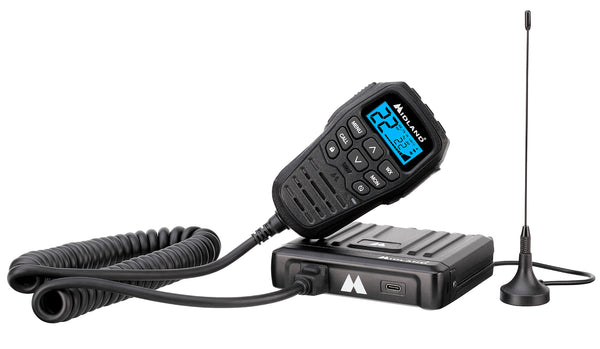
 midlandusa.com
MXTA24 Low Profile Antenna Cable -
midlandusa.com
MXTA24 Low Profile Antenna Cable -
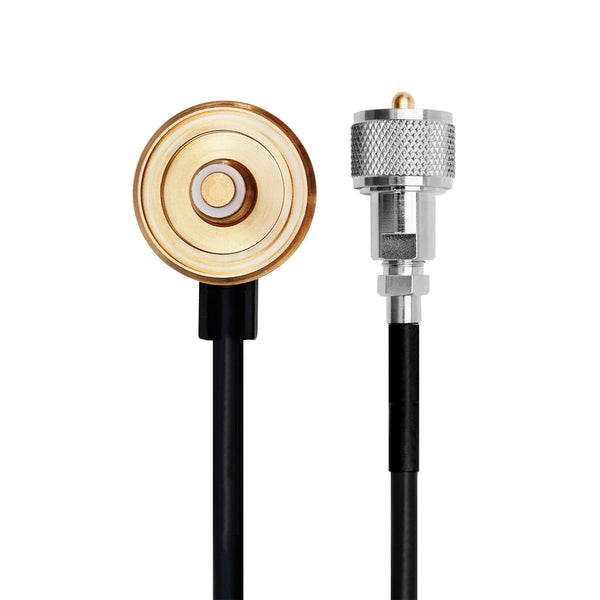
 midlandusa.com
3dB Ghost Antenna -
midlandusa.com
3dB Ghost Antenna -
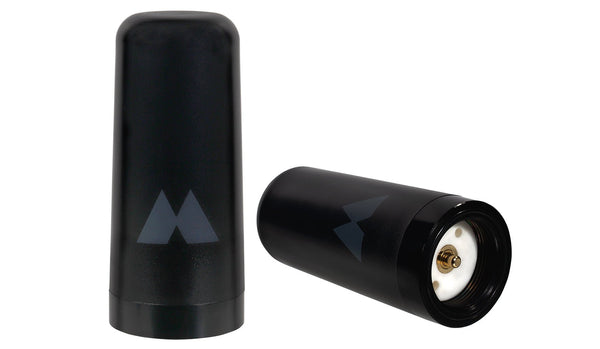
 midlandusa.com
6dB Whip Antenna -
midlandusa.com
6dB Whip Antenna -
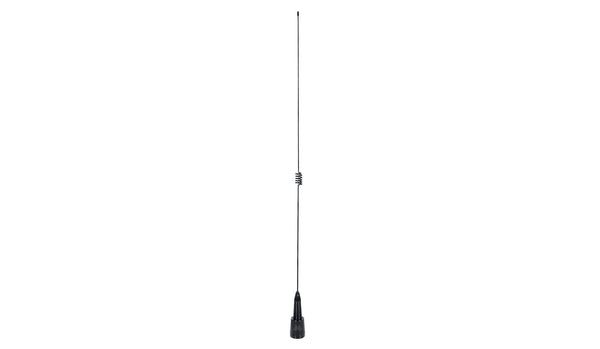
 midlandusa.com
Laird NGP Antenna -
midlandusa.com
Laird NGP Antenna -
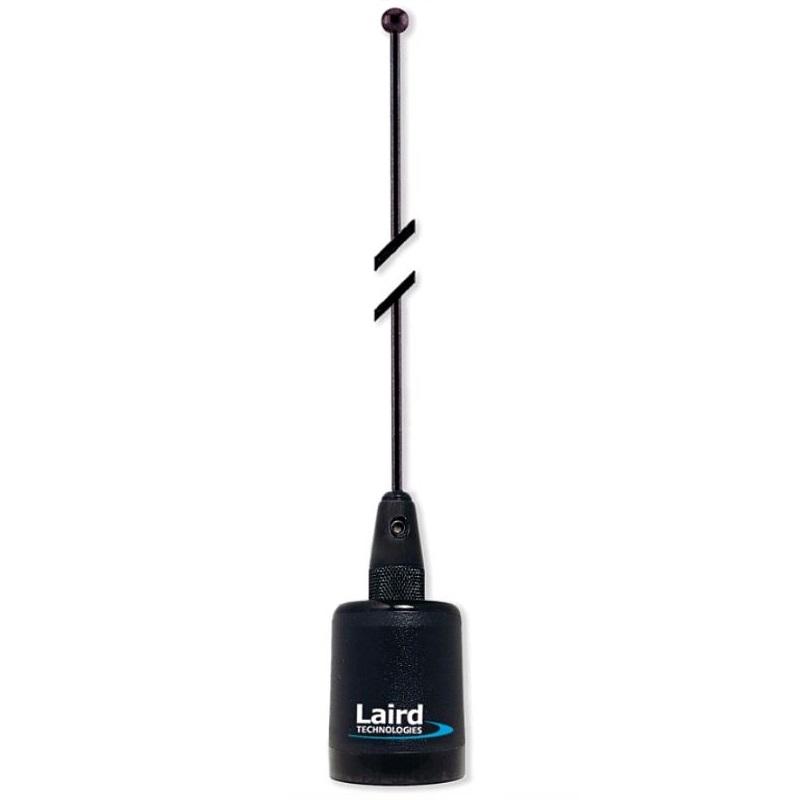
 www.arcantenna.com
www.arcantenna.com
Current CB antenna mount that I would like to use for my GMRS antenna.

Sorry in advance for the long post. I just want to lay everything out there to make sure I don't miss anything and hopefully make some good decisions with this purchase.
I am going to be switching from CB to GMRS. I've settled on the Midland MXT275 MicroMobile radio. My initial plan was to use the MXTA25 3dB ghost antenna for my every day / daily driver setup so I can fit in my garage, and then switch to the MXTA26 6dB whip antenna for wheeling trips. I would be connecting via the MXTA24 low profile NMO cable and mounting the antenna on a rear door hinge mount I already have installed on my FJ Cruiser (pictured below).
This is where things get a little fuzzy for me. I've had grounding\rust issues with this mount (carbon steel FJ Cruiser rear door hinge mount) and I want to do whatever possible avoiding them in the future with the move to GMRS. I called and spoke with a Midland rep who told me that I didn't need to worry about grounding with either of my antenna choices, but couldn't really explain anything past that. I've emailed Midland and haven't gotten a response, and I've read and watched about everything I can find on the subject.
From what I can gather (still probably wrong) the Midland antenna's I'm looking at are 5/8 wave which along with the 1/4 wave GMRS tuned antennas do require a ground plane. I've learned with CB radios that the antenna ground is of prime importance and you need a solid metal to metal connection from between the cable and antenna and the mount to the chassis to facilitate that ground. With a lot of the GMRS antenna installs I've looked at, and install instructions I've read - I haven't seen anything focusing on ensuring that the mount has exposed metal and where the mount attaches to the vehicle has exposed metal like what I see with CB antenna installs. I know there is a difference between RF grounding and electrical grounding, but don't have great grasp on the difference so I'm not sure if with GMRS antennas an exposed metal ground between the antenna and cable, and then mount and chassis is needed and/or as vital. I believe that the NMO style mount has teeth that bite into the metal mount, but I don't see people worrying about grounding the mount to their body or frame..
From what I now understand, the 1/2 wave length GMRS tuned antennas are a no ground plane style antenna so I wouldn't need to worry about the grounding of my mount. So I've started looking at the LAIRD BB4502N 12.5 UHF whip antenna. I'm hoping to get opinions on if this would be a better fit for my intended mounting location, and avoid the worry about the ground between the cable/antenna and mount/vehicle.
I'm also a little confused on antenna height requirements on the location of the vehicle. I see people mounting ghost style, and other small GMRS antennas on mounts next to their windshields between their hood and cowl and leaving positive reviews on performance. I understand that the higher the antenna, the less obstructed the antenna is, and apparently often the more centered on your vehicle the antenna is - the better. Which for me, I do not want to mount an antenna on my roof for a number of reasons, primarily with a roof rack and 35'' tires I can barely fit in the garage as is, and even with my current 3ft CB firestik antenna I'm having to get out and attached it to something to get in/out of my garage so I would love to find a way to avoid that with my GMRS setup which is why the ghost antenna was appealing.
I'm also a little confused not the different mounting style of GMRS antennas vs CB. From what I understand, the Midland MXTA24 low profile cable works with both a 3/4 and 3/8 mounting hole, which should work with my current CB antenna hinge mount as I believe that is a 3/8 mounting hole. Where I'm confused is on the antennas compatibility with both mounting hole options. For example, the Laird whip antenna, mentioned earlier, states that it works with a 3/4 NMO style mount pattern - would that work with the Midland cable and my current mount?
Finally, with CB antennas, you're expected to tune them. From what I've read on products descriptions and installations, GMRS antennas are often pre-tuned. Is this accurate, or just marketing? If it is accurate, would I need to tune any/all of the antennas I'm looking at and is that done on these by cutting the antennas?
Hopefully I can get some of these questions answered so I do not waste more money, time, and effort switching to GMRS than needed.
To re-cap some of the main questions -
* Will the Midland antennas work ok on my current antenna mount location, and will they ground through the mount and if so will the mount need a solid body/frame ground? If not grounded correctly, will this damage my radio like a CB radio can get damaged when the cable/antenna isn't grounded correctly?
* Based on my described setup, do you think any of the mentioned antennas will work? If I cannot get better reception than a GMRS handheld, I'm not sure this is worth the effort.
* Would the Laird antenna work with the mount, and cable I've listed, and eliminate the need to worry about grounding between the cable and antenna to the mount and the mount to the vehicle - and if so would an antenna of this height, work well in this location?
* Do these antennas need to be tuned?
* Is there anything else with this that I'm not thinking to ask?
Here are links to all of the products mentioned, if that helps anyone answer any of these questions.
Radio -

MXT275 MicroMobile®Two-Way Radio
The Midland MXT275 MicroMobile two-way radio offers 15 GMRS channels, a powerful USB-C charging port, NOAA weather alerts, & more. Order yours today.
 midlandusa.com
midlandusa.com

MicroMobile® MXTA24 Low Profile Antenna Cable
Shop for the MicroMobile® MXTA24 low profile cable at Midland Radio. This antenna cable connector features quality shielding and removable UHF connection.
 midlandusa.com
midlandusa.com

MicroMobile® MXTA25 3dB Gain Ghost Antenna
Ensure a solid connection to your vehicle with the Midland ghost antenna. The MXTA25 3dB gain antenna is 3.5 inches in length and 1.5-inch base diameter.
 midlandusa.com
midlandusa.com

MicroMobile® MXTA26 6dB Gain Whip Antenna
The Midland MicroMobile MXTA26 6DB Gain Whip Antenna quadruples signal output and is great for off-roaders, farmers, and more. Buy now at Midland Radio.
 midlandusa.com
midlandusa.com

BB4502N 12.5 Inch UHF Whip Antenna with Black NMO Base - 450-470 MHz
The Laird 15 Inch UHF Whip Antenna features an elastomer spring that provides increased flexibility, better shape retention and eliminates electronic & road noise when compared to stainless steel springs. This antenna does not require a metal ground plane. *This Antenna Requires a NMO Mount...
Current CB antenna mount that I would like to use for my GMRS antenna.

Last edited:

